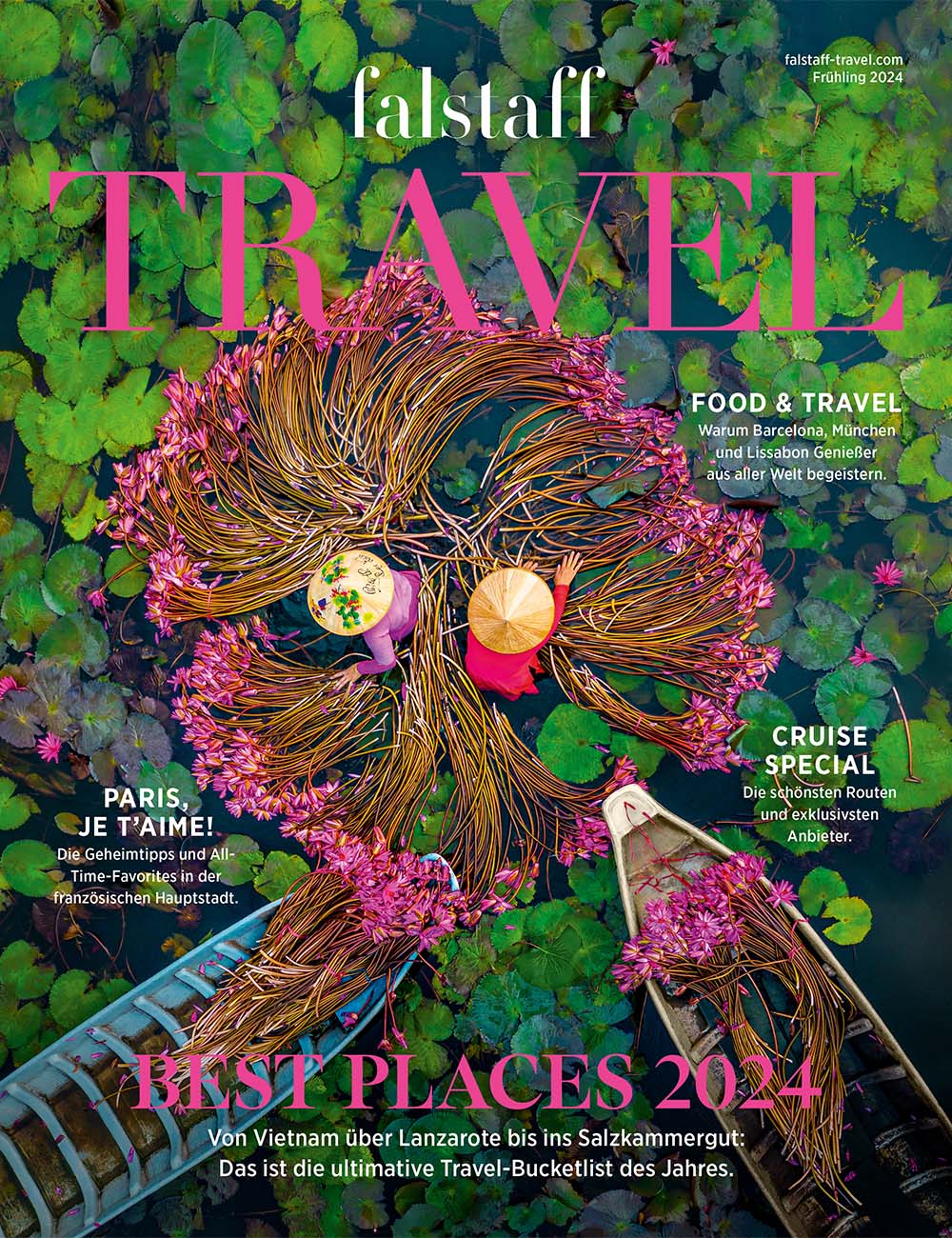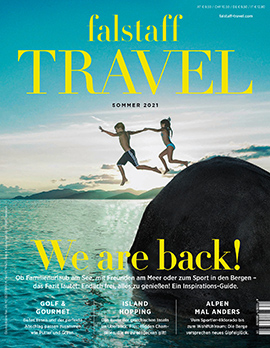
Lanzarote: Beauty of Another World
Lanzarote is the volcanic black sheep of the Canary Islands: lava-hard and extra-planetary. Here, nature pulls out all the stops, allowing visitors to participate in the creation of the world.
23 May 2024
© Mauritius Images
The bestselling author Juli Zeh once wrote that some people hate Lanzarote, while others adore it. She herself is one of the sworn fans of the Canary Island off the west coast of Morocco. Zeh herself has already spent several winters here and immortalized the rugged island in a novel. It's probably thanks to its special nature that Lanzarote polarizes people. The 845 square kilometer island (about twice the size of Vienna) has no snow-white sandy beaches, no lush vegetation, but consists largely of black lava rock. Beach vacationers shouldn't expect an imitation of the Maldives under a European flag, but lovers of barren volcanic landscapes will rave about the unique energy.
© Christopher Rose / Alamy Stock Photo
Thanks to César Manrique, the island also received more attention and a larger audience. During the Franco era, the Spanish painter and sculptor experienced Madrid snobbery towards his native Lanzarote. Despite his success in New York galleries, many of his contemporaries considered him to be a downright hick.
Art and nature conservation
© Jeziel Martín
Manrique shaped Lanzarote into an island like no other artist before him, turning it into a kind of open-air museum. From a natural grotto on the northern tip, he created an art space in a volcanic tunnel (Jameos del Agua); he erected abstract sculptures reminiscent of the Catalan grand master Joan Miró; designed the volcano restaurant "El Diablo" with a hot hole in the ground as a stove and fought for nature conservation. Even before the sustainability model, he campaigned for a ban on hotel castles because they would destroy the aesthetic harmony of the landscape. "In this land of volcanoes, I am a volcano myself," he is reported to have once said.
© Cecilia Diaz
The home of the artist, who died in 1992, is now open to the public as a museum. The Fundación César Manrique isn't located on a tranquil stretch of coastline, but was built inland over a cooled lava flow. Here, you'll find black moon rock outside and green hedges inside - this contrast is typical of the island. People defy nature to create a garden, enjoy looking out to sea, but prefer to bathe in their own swimming pool (which is also safer because of some of the surf) - and enjoy the solitude. This seclusion touches many people who come to the island. Portuguese Nobel Prize winner José Saramago (Blindness) lived to the west of the island's capital Arrecife for almost two decades: Susan Sontag and Pedro Almodóvar visited him in Tiás. If a stranger rang the doorbell, the great writer would invite him in and have a cup of coffee with him.
Mauritius images / Alamy Stock Photos / Carl DeAbreu
Rita Hayworth and Omar Sharif came to the island to get away from the Hollywood hustle and bustle - in the days before Instagram and travel blogs, there were no crowds to be feared beyond the beaches. Lanzarote was and is the black sister of red Tenerife, the rocky opposition to the idyllic dunes of Gran Canaria, a backdrop into which locals have cobbled dazzling white cuboids to live in.
Fascination of the strange
© provided
Today, those who are weary of the flatlands are fascinated by this strange, alien planet that Lanzarote radiates; it's a lump in the Atlantic, which owes its existence to a violent collision of tectonic plates. This happened about 15 million years ago and the wound is still gaping. Occasionally it hisses and bubbles out of the ground, and over the centuries volcanic eruptions have constantly shaped the island. A poetry of destruction lies over it, as if epic battles between gods had taken place here - films such as Wrath of the Titans were shot here for a reason.
© Getty Images
Lanzarote never rests. This restlessness rubs off on its visitors, who activate energy resources when they come here. You can surf at Playa de Famara, hike to Caldera Blanca, the largest crater on the island, explore the Timanfaya National Park by mountain bike, dive to the statues of the underwater museum at Playa Blanca or swim in the unreal green lagoon El Golfo.
© mauritius images / Alamy Stock Photos / Ian Dagnall Commercial Collection
In recent years, the accommodation has adapted to this panorama of the inexhaustible. At Buenavista Lanzarote", guests look out onto a wide-angle view of the stony desert, as if a hotel with clean lines could capture the power of the volcanoes. In the pretty village of Teguise, travelers sleep in the Casa de las Flores in five carefully renovated rooms of a town house - and in the Alava Suites", stark contrasts and minimalist design dominate. In between, splashes of color repeatedly reassure guests that they have not landed in an endless black and white 3D film: Vivid green cacti stretch their spiky heads into the azure blue sky, red wine flows from colorful jugs, terracotta-colored tiles lead onto dazzlingly bright terraces.
© Getty Images
Locals and foreigners alike get the crowning dose of well-being every evening in one of the countless restaurants. Fresh fish pours onto the plates, pulpo is ready and waiting, accompanied by a sip of local wine. Or would you like to have a Malvasia Volcánica perhaps? Nothing polarizes on the tongue, the verdict is clear: This is what life tastes like.
© Ana Lui for Cesar Lanzarote

This article appeared in the Falstaff TRAVEL issue Spring 2024.











